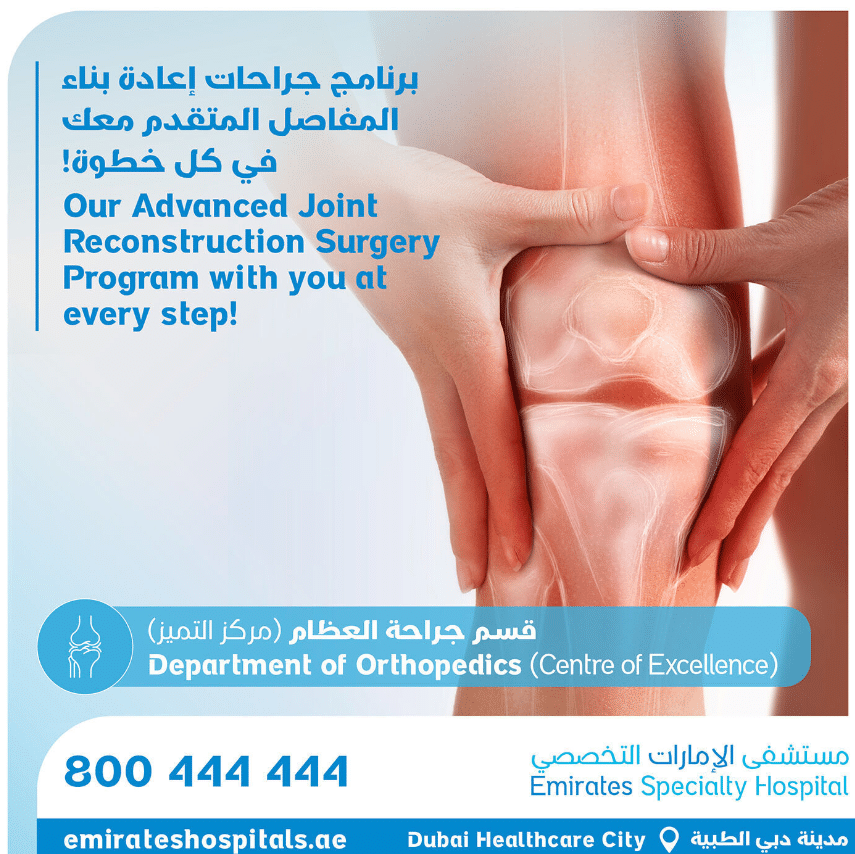Problems such as degenerative diseases of the foot and ankle, sports injuries, fractures, ligament ruptures and cartilage injuries can be resolved by surgical intervention. Apart from corrective surgeries for bone dislocation (hallux valgus) and toe deformities; ankle prostheses used in advanced deformities and flatfoot surgeries; It is also possible to perform arthroscopic surgeries for ligament ruptures, soft tissue problems, early calcification, cartilage injuries, edema treatment, Achilles tendon injuries and removal of intraarticular free parts. Ankle arthroscopy can be performed through 2-3 small incisions between 3 and 5 mm that open to the front of the ankle.
One of the most important advantages of arthroscopic surgeries is that the patient is not usually applied plaster and free movement in the ankle. Many times the patient is allowed to press in the early postoperative period (2-3 days), while cartilage lesions are not allowed to stand on the side of the patient for 3 to 6 weeks (depending on the size of the lesion) and 6 weeks after the fractures.
After the Operation
After the operation, you may have a bandage on your foot or a half plaster (splint) that extends from the back of your knee to your toe. Your doctor will tell you how much you will use them and what you should pay attention during use.
The first thing that will cause you discomfort in the postoperative period is to keep your foot high in the bed and apply ice. During this period, you can move your hip and knee joints as you wish, lift your feet in the air, turn them to the right or left. The only action you should not do is to hang the foot down or lower it below the heart level. The elevation is an important part of pain treatment, especially in the first 2 weeks after surgery, as keeping your feet at the heart level or slightly high will prevent swelling.
It will be beneficial to take the medications you should use as recommended and before the pain becomes too severe. If you feel pain during the exercises, it is helpful to take your medicine 30 minutes before the exercises.
Take care to keep your wound clean and dry. Avoid wearing tight clothing on the wound.
It is very important for you to be motivated and follow the recommended exercise programs after surgery in terms of postoperative results.







